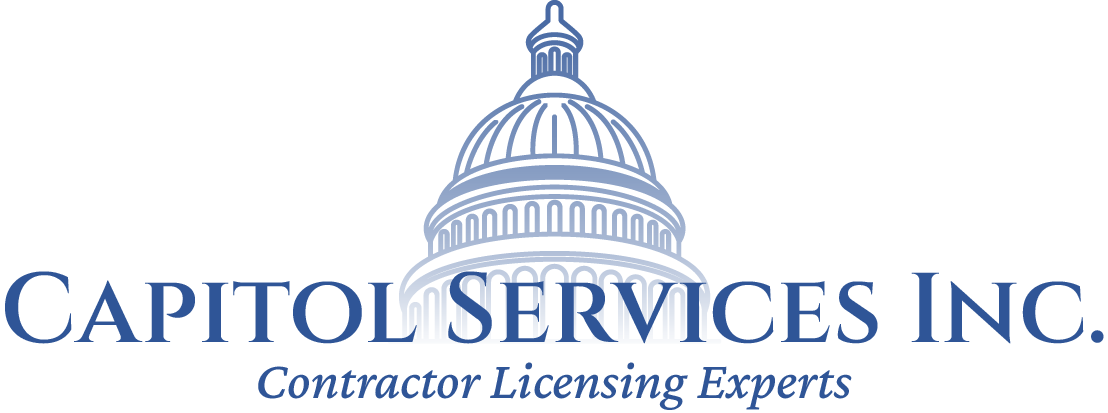One question often leads to a dozen more, so having an expert help line them up for contractors and attorneys can be the difference between failure and success. Thankfully, another question is also not ‘over’ my head!..
First things first, UPDATE on the COVID-19 situation. The CSLB’s testing centers will remain closed for the month of January. They are hoping to have some locations open on the first of February, and I will continue to keep everyone updated.
Q: My company has been doing asbestos abatement work for over 20 years in conjunction with our “A” license. We want to add the “C-22” classification. I am aware that we need to register with DOSH as well, but DOSH told us we need to have the “C-22” on the Contractor’s license first. I read that the RME needs to have four years of experience within the last ten working for a company that had the Asbestos Abatement Classification. I believe we can likely find one of our employees who has worked for a company holding the “C-22”, however I don’t know how comfortable they are going to their former employers to get their experience verified. What exactly would the person need to provide to verify their experience? Also, what if they left the company after a year or so?
A: The CSLB is very strict on the requirements to qualify for the “C-22” license. In addition to the four years within the last ten, the employee also needs to provide the following: 1) Copies of four complete years of DOSH registration for the employers where he/she gained their experience corresponding to the dates indicated on the Work Experience page; 2) Copies of four years of employee rosters for the employers where they gained the asbestos abatement experience; and 3) Copies of four years of their refresher training certificates within the last ten years. That being said, it would be really difficult to provide this information without contacting their former employer.
If the individual leaves the Company, you have 90 days to replace him/her on the license before the “C-22” would be removed. Obviously, the replacement person would need to provide the same information mentioned above.
Q: We are a company based in France, but we have a US Delaware based subsidiary. We have been requested to install overhead Catenary systems for a railway in both CA and NV. What type of license would be required in each State?
A: Thank you for contacting Capitol Services Inc. For CA, either the “A” (General Engineering) or the “C-10” (Electrical) licenses would work. If you will not be performing any other work besides strictly the installation of the overhead lines, the “C-10” would be sufficient. However, if you are doing any other work in relation to the railways, you would need to obtain the “A”.
For NV, I believe the “A-17” (Lines to transmit electricity) would be the most appropriate. Nevada reviews each application and the description of the work you will be performing and then they make their own determination. There is no way to find out ahead of time (prior to applying) to get a concrete classification determination. (catenary- the structure that holds electrical, cable or wire overhead.)
(Please note this information was correct at time of publication please contact Capitol Services, Inc. for an update on pandemic changes and Covid 19 effects.)
